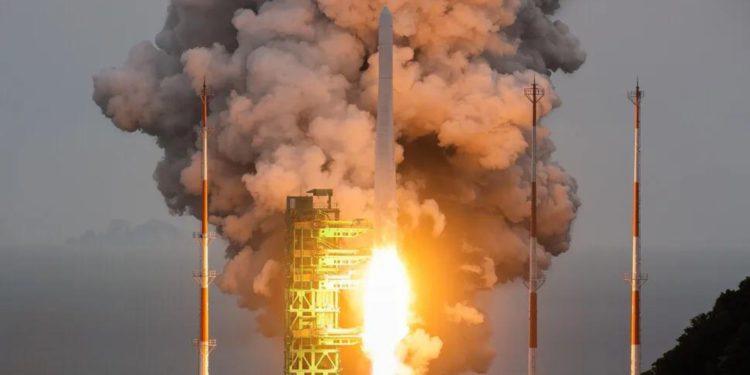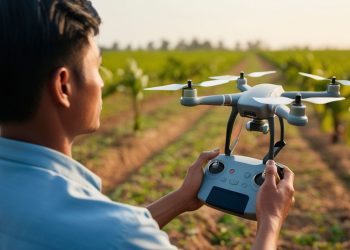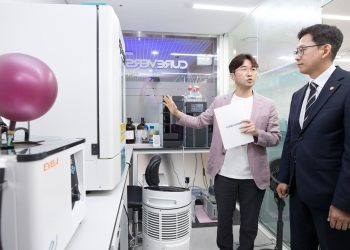The domestically-designed Nuri rocket, carrying a commercial-grade satellite, successfully lifted off on Thursday, marking the next milestone in South Korea’s space program. Weighing 200 tons and known as KSLV-II, the rocket soared from the Naro Space Center in the coastal village of Goheung at 6:24 p.m., a successful mission confirmed by the Ministry of Science and ICT and the Korea Aerospace Research Institute (KARI).
Initially scheduled for Wednesday, the launch was postponed due to a communication issue between two computers responsible for controlling the launch pad and vehicle, as reported by KARI.
Roughly two minutes post-liftoff, the rocket’s first-stage booster, powered by a cluster of four KRE-075 engines, separated. This was followed by the payload fairing separation 109 seconds later. After another 38 seconds, the second stage booster, equipped with a single KRE-075 engine, detached. Finally, the third stage, propelled by a KRE-007 engine, successfully propelled the payload to the intended orbit of 550 kilometers above Earth. Approximately 13 minutes after liftoff, the deployment of the satellites commenced, according to the science ministry’s report.
The primary objective of the launch was to deploy seven satellites into sun-synchronous orbit, including one equipped with synthetic aperture radar technology. However, the deployment of the eighth cubesat has sparked concerns as it is believed to have encountered issues during the process.
South Korea’s previous milestone in space technology occurred last year when the Nuri rocket was utilized to launch a “performance verification satellite,” establishing South Korea as the 10th country globally to independently send a satellite into space using its own technology. However, that launch served primarily as a test to evaluate the rocket’s capabilities, setting the stage for subsequent missions and further advancements in the country’s space program.
Expressing his excitement, South Korean President Yoon Suk Yeol took to Facebook, stating, “Today, we confirmed that dreams can come true. I hope our future generations have great dreams and embrace challenges while witnessing the Nuri rocket soaring into space.”
“We are pleased to report the successful completion of Nuri’s third launch, a rocket independently developed to bolster domestic space transportation capabilities,” announced Lee Jong-ho, the Minister of Science and Technology. Minister Lee also emphasized the significance of this achievement, stating that it further validated the rocket’s performance and reliability, bolstering confidence in South Korea’s space capabilities.
Additionally, South Korea is actively developing the KSLV-3, a next-generation launch vehicle anticipated to debut in 2030. The KSLV-3 will utilize a combination of kerosene and liquid oxygen fuel and will consist of two stages. The first stage will incorporate a cluster of five multi-stage combustion cycle engines, each with a thrust of 100 tons, while the upper stage will feature two multi-stage combustion cycle engines, each with a thrust of 10 tons.







